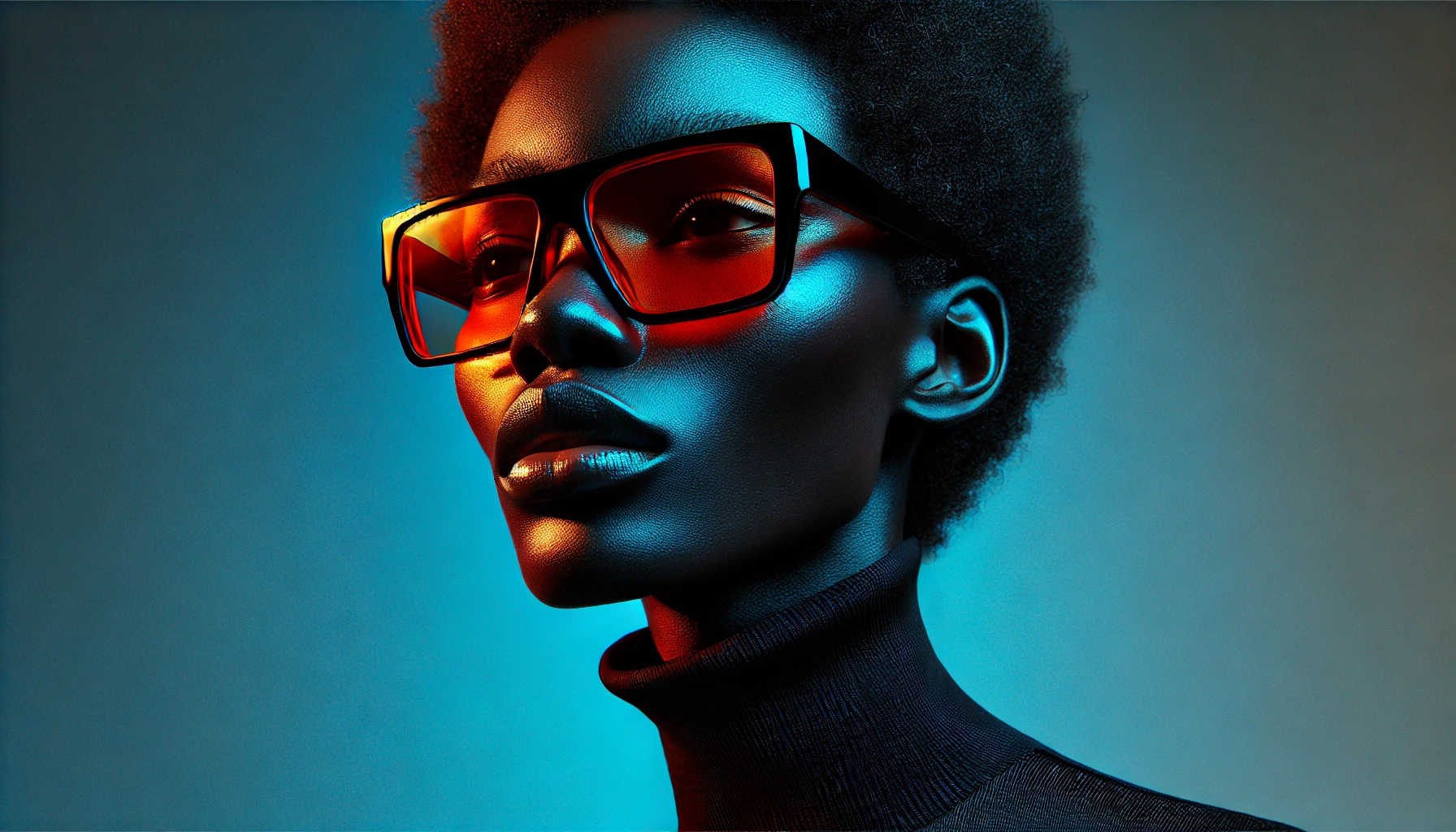

There is a price to convenience. It’s called default thinking. Every brand system has it. The colour everyone chooses. The tone everyone copies. The layout everyone duplicates.
It is not always wrong. Until it becomes invisible. Brand upholders, this is where the perfection loop tightens.Where standards become comfort zones. Where past successes become present constraints.
And suddenly everything looks good. But nothing looks different.
Default thinking is not laziness. It is fear in a suit and tie.Fear of getting it wrong. Fear of standing out in the wrong way.Fear of questions that challenge what the brand has always done.
CMOs, you see it in campaign meetings. The safe option. The on-brand voice. The familiar colour. Default thinking provides efficiency. But it also provides invisibility. Because while you are optimising for approval, someone else is pushing through with tension. Brand upholders want excellence. But excellence requires edge. It requires deviation. It requires interrupting patterns, not repeating them. When everything is perfect, there is no pulse. When everything is approved, nothing is felt. This is not a call to tear down systems.
This is a call to question them. Systems were built by people with preferences and habits and blind spots. And those defaults calcify over time. Unless someone questions them. Brand upholders, your job is not just to protect the brand.It is to stretch it. To keep it alive. To let it evolve in ways that still feel like itself.That does not happen in the default layer. It happens just outside of it. Where someone chooses a different metaphor. Where someone selects a colour that makes legal nervous.Where someone writes copy that sounds like a voice, not a tone.
CMOs, start asking: What default are we not seeing anymore? Are we optimising for familiarity or impact? Who decides what on-brand means now? The perfection loop tells you to get it right.But what if right is not relevant anymore?What if your audience has moved on, but your defaults have not? Design loves defaults. They make tools work. They make systems scale. But brands are not tools. They are stories. And no one remembers the story that sounded like every other one.
Break the loop. Notice the defaults. Then choose something more alive.
